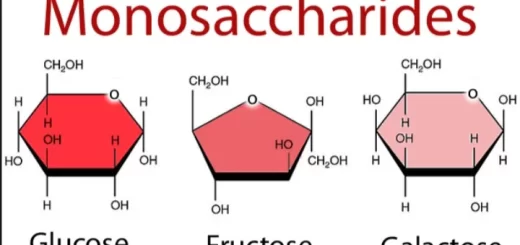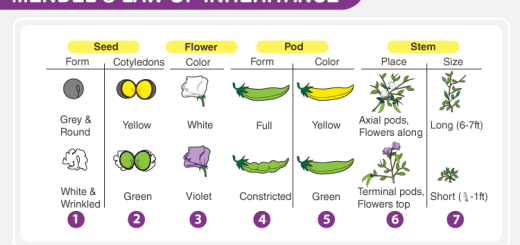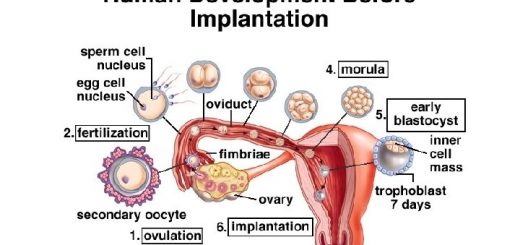Muscles types, Skeletal muscle parts, Lymphatic system structure and function
Muscles can protect your balance and prevent falls, they promote insulin sensitivity, Skeletal muscle is directly associated with bone density in women over 50, Higher muscle mass is associated with longevity, Muscles improve disease recovery, When you have higher muscle mass, you have a buffer of protein your body can draw on during times of increased need.
Muscles
They make up about 40% of our body weight. Muscles Tissue has the property of contractility which means the capacity of becoming short in response to an appropriate stimulus. Myology is the study of muscles. There are 3 types of muscles which are: skeletal, smooth, and cardiac.
- The skeletal muscles are muscles that are attached to the skeleton. They are also called voluntary muscles as they are under conscious control.
- The smooth muscles are found in the wall of the alimentary canal, urinary bladder, and vessels. They are called involuntary muscles because they are not under conscious control.
- The cardiac muscle makes up the walls of the atria and ventricles. and it is found in the heart only.
Skeletal muscles
Parts of a skeletal muscle
Usually, the skeletal muscle is formed of the middle reddish fleshy part, the belly, and two rounded whitish fibrous ends, the tendons. Flat muscles, as in the anterior abdominal wall, end by a flat sheet of fibrous tissue, which is called the aponeurosis. The external oblique muscle in the anterior abdominal wall is formed of a posterior fleshy part and an anterior aponeurotic part.
Attachments of a Skeletal Muscle
The muscle is attached from both sides to the bones. One of the attachments is called the origin and the other is the insertion. The origin is the fixed and the proximal part of the muscle. The insertion is the mobile and the distal part of the muscle.
Work of the muscles
- Prime mover is the chief muscle responsible for a particular movement e.g. brachialis in elbow flexion.
- The antagonist is a muscle that antagonizes the action of the prime mover e.g. triceps during elbow flexion.
- A fixator is a muscle that stabilizes one attachment of a muscle so that the other end may move, such as muscles holding the scapula steady are acting as fixators when deltoid move the humerus.
- Synergist is a muscle that stabilizes intermediate joints to prevent unwanted movement.
If a muscle acts on several joints and the movement in one joint is only desired, the synergist muscle acts to prevent the movement of the other joints. For example, the extensors of the wrist act during flexion of the fingers to prevent the flexors of the fingers from acting on the wrist. The muscle that acts as a prime mover for one activity can of course act as an antagonist, fixator or synergist at other times.
Lymphatic system
The lymphatic system carries an excess of the extracellular fluid back to the venous system, this fluid is the result of filtration from the capillaries. The lymphatic system consists of:
1. Lymphatic vessels
They start as small lymphatic vessels that collect to form larger lymphatic that enter the lymph node (afferent) and leave it as (efferent).
2. Lymph nodes
Lymph nodes are small oval bodies along the course of lymphatic vessels. The lymph node has a convex outer surface and a concave one which contains hilum.
Functions of lymph nodes
- Act as a filter as they prevent micro-organisms and certain substances from entering the bloodstream.
- Formation of lymphocytes.
- Formation of antibodies.
3. Lymphatic Duct
There are two lymphatic ducts which are the thoracic duct and right lymphatic duct.
a. Thoracic duct
- The thoracic duct begins in the cisterna chili in the abdomen (in front of the lumbar vertebrae).
- Thoracic duct ascends through the posterior abdominal and thoracic walls (deviating to the left side).
- The thoracic duct terminates at the junction of the left subclavian and left internal jugular veins.
- Thoracic duct drains lymph from all the body except the upper right quadrant.
b. Right lymphatic duct
Right lymphatic duct is much smaller in size. It drains lymph from the upper right quadrant (right side of the head and neck, right upper limb, and right side of the chest). It terminates at the junction of the right subclavian & right internal jugular veins.
4. Spleen
It lies in the left hypochondrium between the stomach and diaphragm. It has two ends, three borders, and two surfaces.
Ends:
- It has a tapering posterior (medial) end-directed upwards, backwards, and medially.
- It has a broad anterior (lateral) end-directed downwards, forwards, and laterally.
- It lies parallel to the left ribs number 9, 10, 11.
- Its long axis lies parallel to the shaft of the “10” rib.
Borders:
- Upper border: It is sharp and notched.
- Lower border: It is broad.
- Intermediate border: It starts from the medial end of the spleen till the hilum.
Surfaces:
1. Diaphragmatic surfaces:
- It is convex and lies opposite the posterior part of 9, 10, 11 ribs.
- It is related to the diaphragm which separates it from the left lung, pleura, and 9, 10, 11th ribs.
2. Visceral surface:
It is concave, irregular, and directed to the abdominal cavity. It contains the hilum and carries impressions for abdominal organs:
- a. Gastric impression: above the hilum.
- b. Renal impression: below the hilum.
- c. Colic impression: close to the lateral end.
- d. Pancreatic impression: below the lateral end of the hilum.
Peritoneal connection
It is completely covered by the peritoneum of greater sac except at the hilum. It is attached to:
- Gastrosplenic ligament: From the fundus and greater curvature of the stomach to the hilum of the spleen.
- Lienorenal ligament: From the lower border of the hilum of the spleen to the anterior surface of the kidney.
Blood supply of spleen
Arterial supply:
- The splenic artery from the coeliac trunk from the abdominal aorta.
- It passes in the lienorenal ligament with the tail of the pancreas.
- It divides at the hilum into 5-6 branches which enter the spleen separately.
Venous drainage:
The splenic vein passes on the posterior surface of the pancreas to unit with superior mesenteric vein to form the portal vein which enters the liver.
Muscular system, Structure of skeletal muscle, Muscles properties & functions
Functions of Lymphatic system, Structure of Lymph nodes, Spleen & Tonsils
Lymphatic system structure, Function of Thymus, Vascular supply & blood-thymus barrier
Immune system structure, function, cells & Types of body defense mechanisms
Joints types & function, Nerve supply of joints & general features of Synovial Joints



